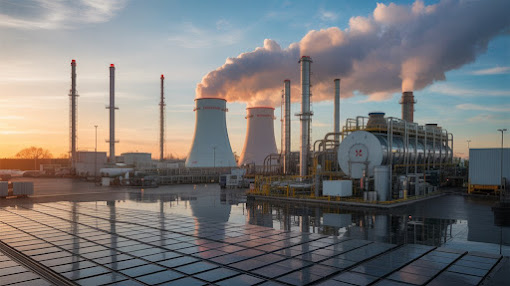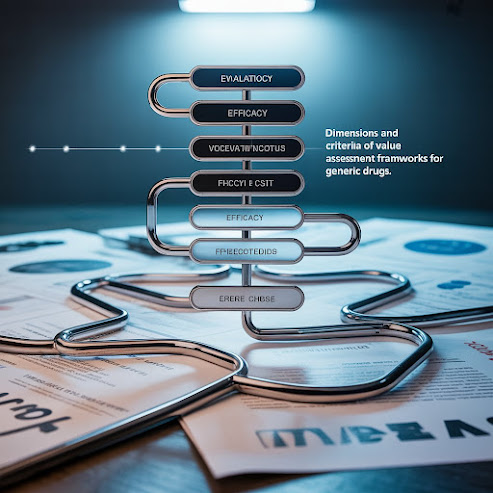Hierarchical Laser Structuring of Polymer Surfaces | #Nanophotonics #Biomaterials #SurfaceWettability #AdhesionControl #SmartSurfaces #FunctionalMaterials
1. Introduction to Hierarchical Structuring
Hierarchical structuring refers to creating surface patterns at multiple length scales—typically micro- and nanoscale—on the same surface. In nature, such structures are found in lotus leaves (superhydrophobicity) and insect eyes (anti-reflectivity). Reproducing these effects synthetically, especially on polymers, allows for customized surface behavior.
2. Materials and Methods
Polymer Selection
-
Material used: Poly(bisphenol A carbonate) (PBAC)
-
Preparation: Thin films spin-coated on silicon wafers, ~150 nm thick
Laser Parameters
-
Laser type: Q-switched Nd:YAG (266 nm, UV)
-
Pulse duration: 8 ns
-
Fluence: ~7 mJ/cm²
-
Mask: TEM copper grid with 90 µm square holes
This setup allows simultaneous irradiation and patterning, where nanostructures (LIPSS) form due to laser-surface interaction, and microstructures are defined by Fresnel diffraction through the grid.
3. Formation of Micro- and Nanostructures
LIPSS Formation
-
Formed due to interference between incident laser light and surface-scattered waves
-
Aligned with laser polarization
-
Period ~180–240 nm
-
Depth varies with pulse number and fluence
Microscale Features
-
Induced by Fresnel diffraction through the mask
-
Produces square-patterned regions (~90 µm) on the polymer
-
Local intensity variations lead to gradients in structure depth and spacing
Combined Effect
-
Hierarchical zones with both ripple-like nanostructures and large-scale patterns
-
Edge regions show increased structure depth due to diffraction-enhanced fluence
4. Surface Property Modifications
Wettability
-
LIPSS alone: Increases hydrophilicity due to increased surface area
-
Combined structures: Result in increased hydrophobicity due to hierarchical roughness (similar to lotus leaf effect)
Adhesion
-
Measured via colloidal probe AFM
-
Increased adhesion near structured edges
-
Minimal change in flat/nano-only areas
Mechanical Response
-
Nanomechanical mapping shows variation in stiffness and modulus
-
Affected by surface morphology and possible local chemical changes
5. Characterization Techniques
-
AFM (Atomic Force Microscopy): Topography, structure depth, periodicity
-
Colloidal Probe AFM: Adhesion force measurements
-
Contact Angle Goniometry: Surface wettability analysis
-
FTIR Spectroscopy: Surface chemical composition before/after irradiation
6. Advantages of the One-Step Laser Structuring Approach
-
No chemical etching or masks required (aside from reusable TEM grid)
-
Scalable and reproducible
-
Simultaneous micro- and nano-patterning
-
Compatible with diverse polymers
-
Environmentally friendly (dry process, no solvents needed post-spin-coating)
7. Applications
This method enables surface functionalization in diverse areas:
-
Biomedicine: Cell guidance, antibacterial coatings
-
Optics: Anti-reflective surfaces, diffraction gratings
-
Microfluidics: Wettability-tuned channels
-
Nanoelectronics: Patterned templates for device integration
-
Sensors: Enhanced surface area for detection
8. Future Directions
-
Tuning periodicity and orientation with beam shaping or rotating polarization
-
Exploring other polymer systems
-
Integration into roll-to-roll systems for industrial scale-up
-
Multifunctional surfaces combining mechanical, optical, and chemical functionality




Comments
Post a Comment